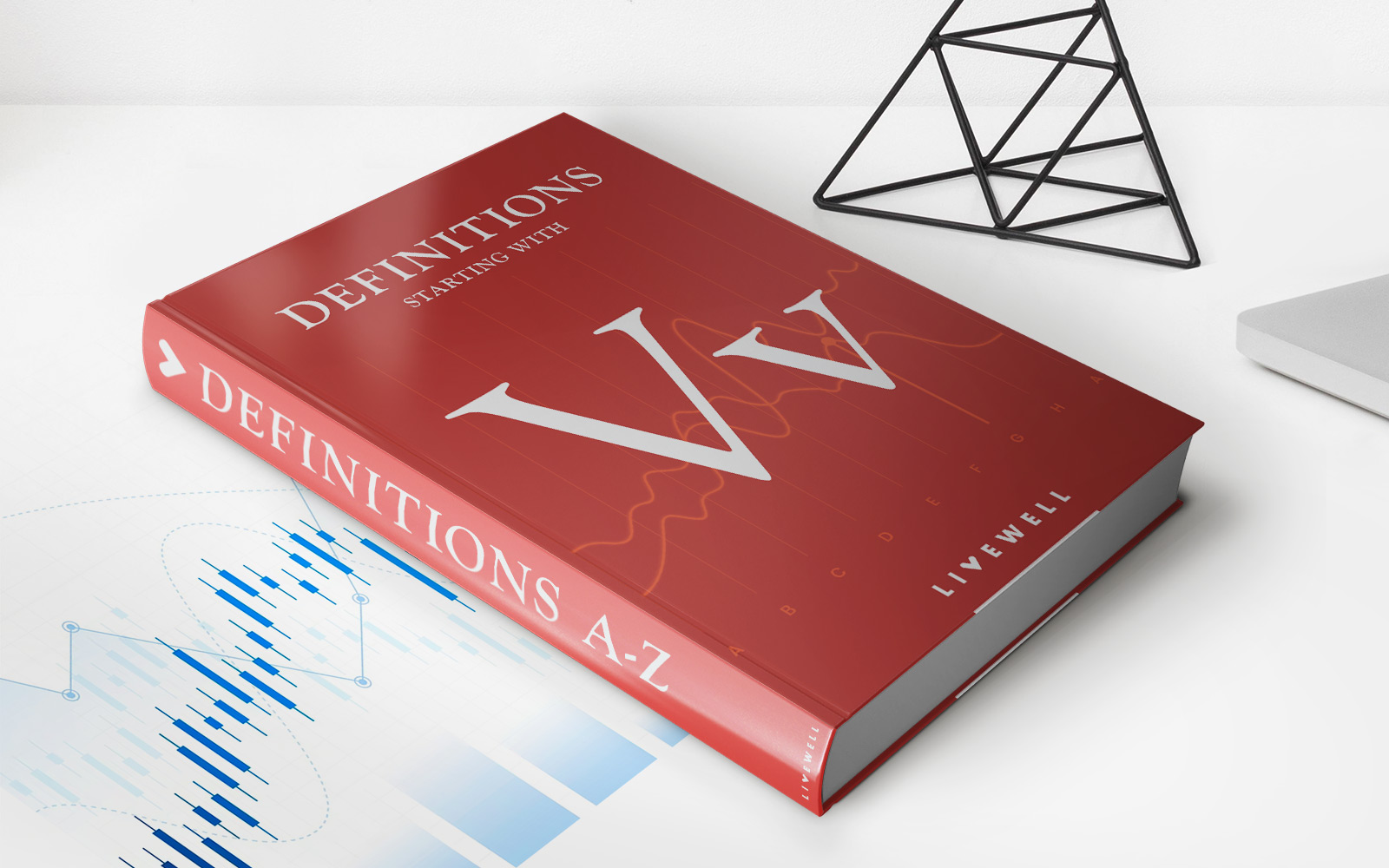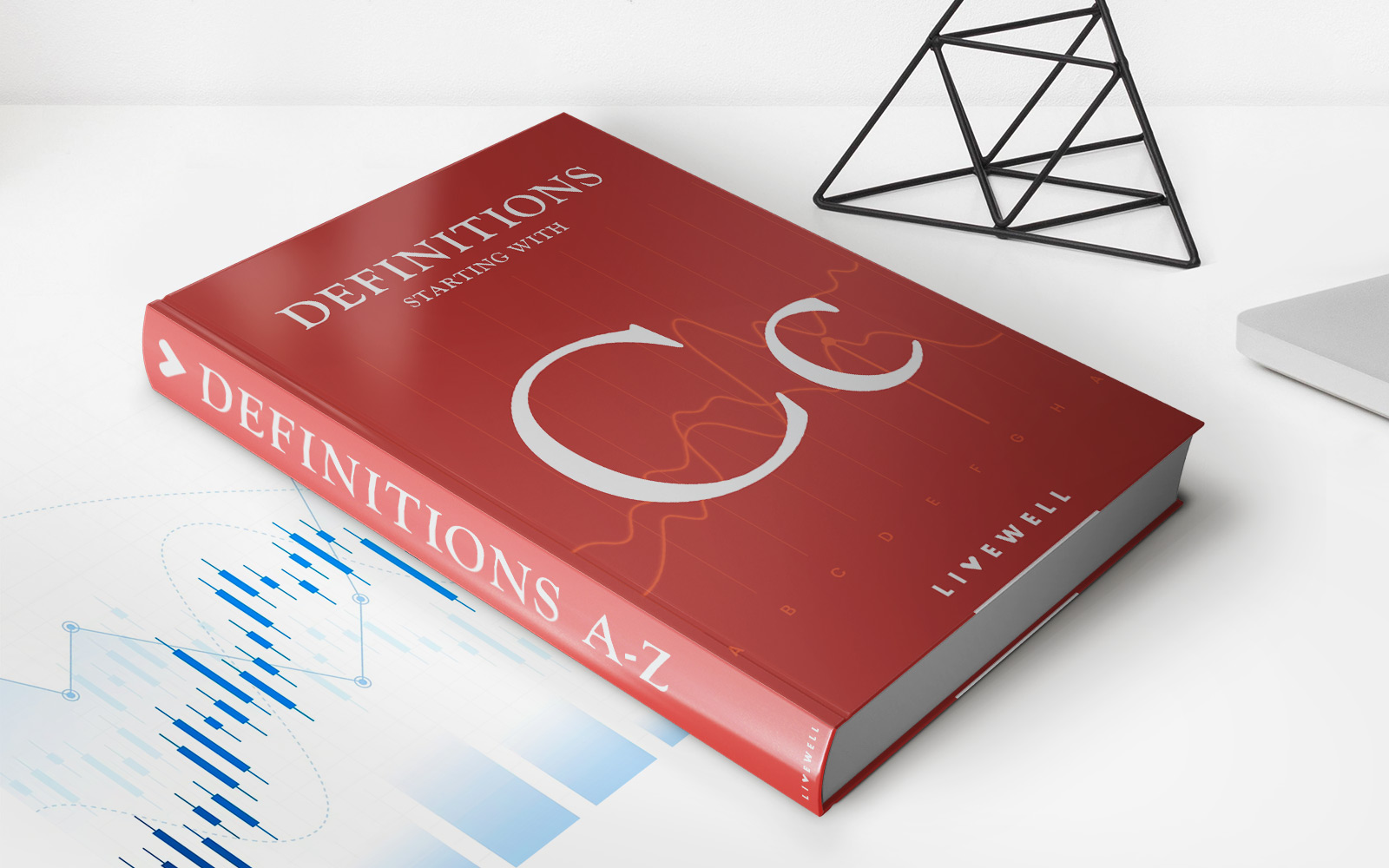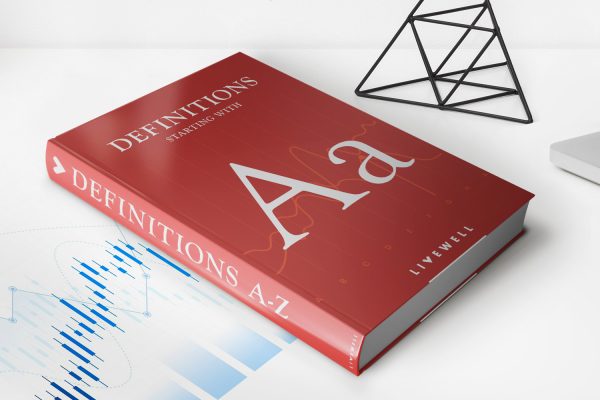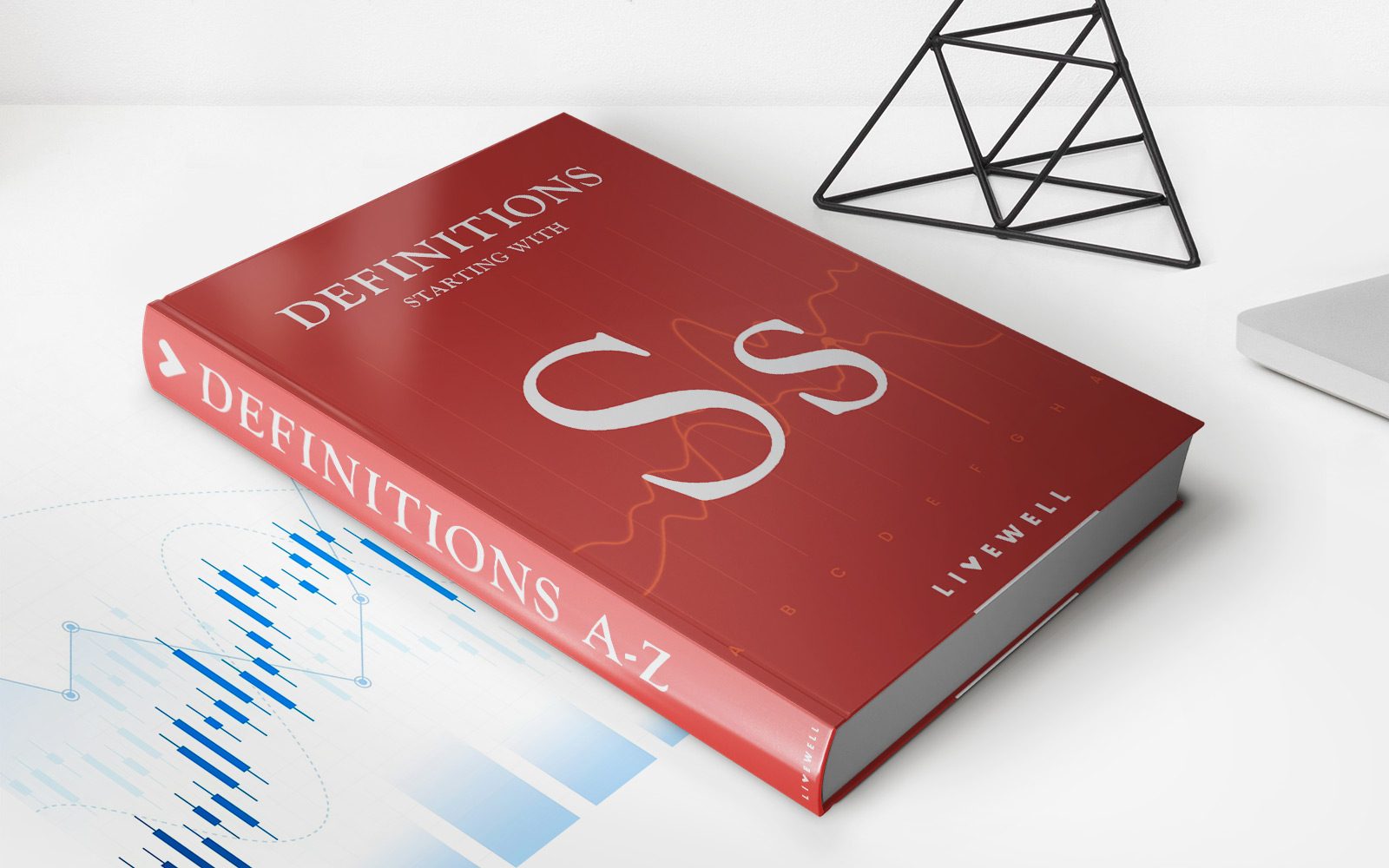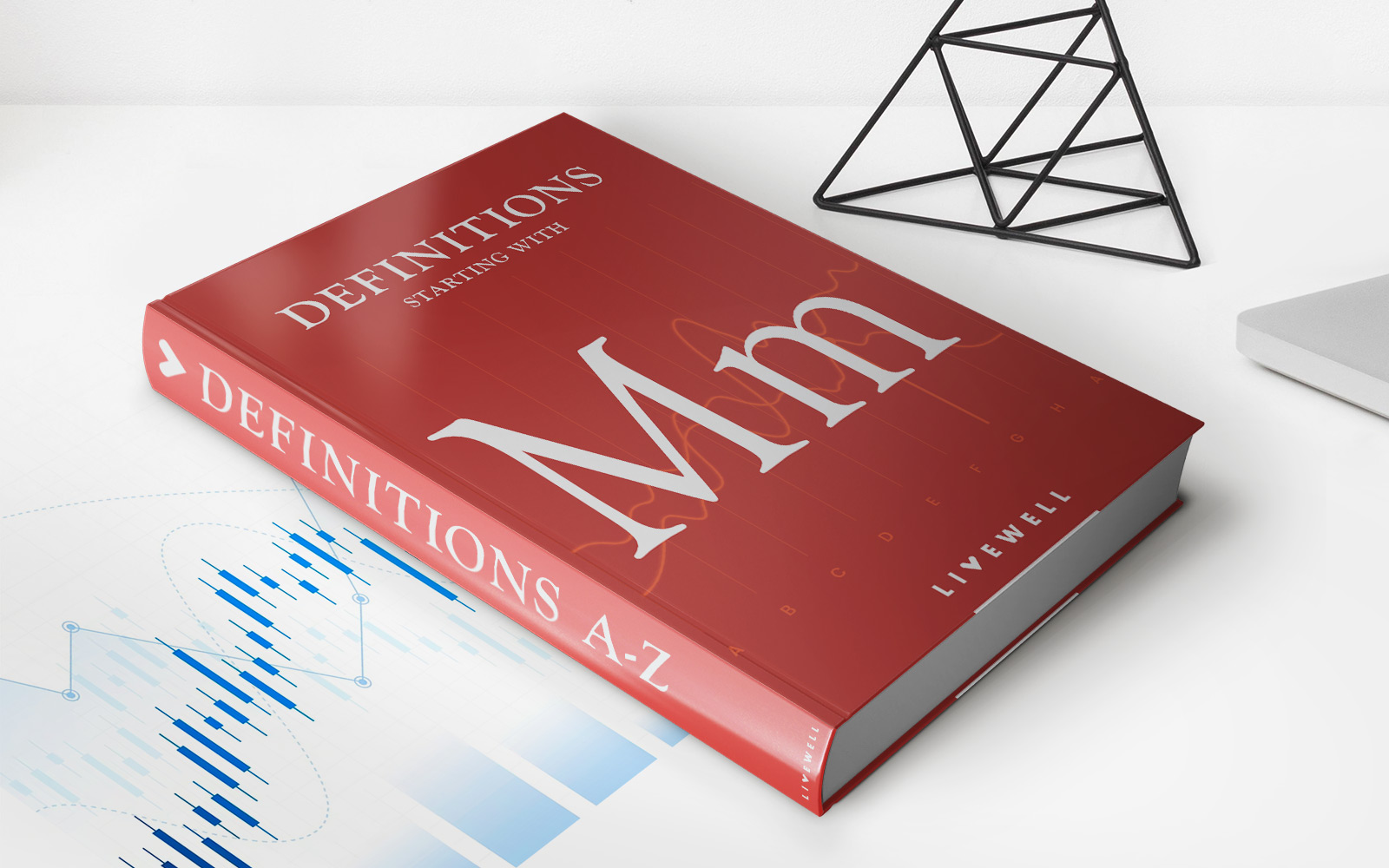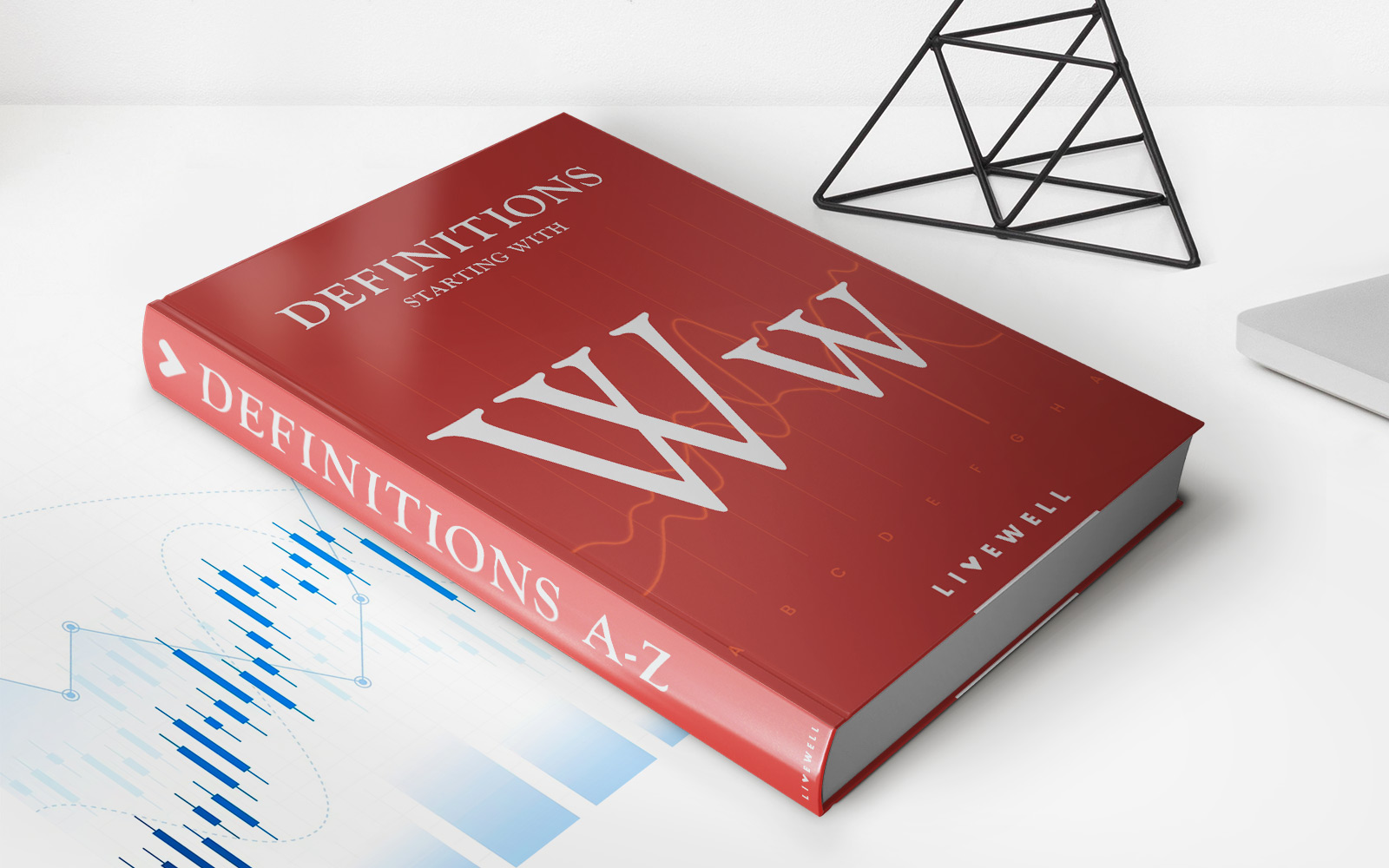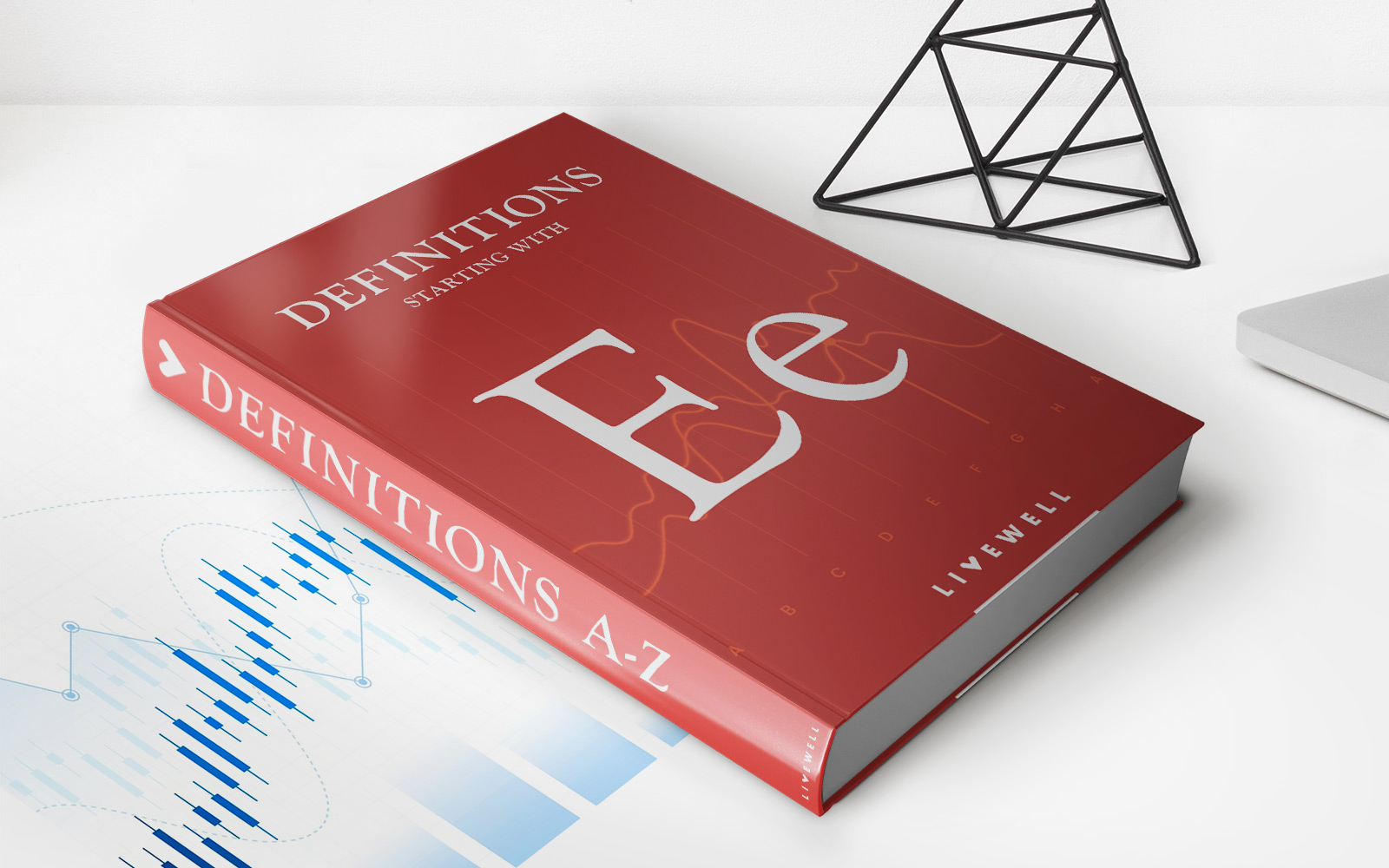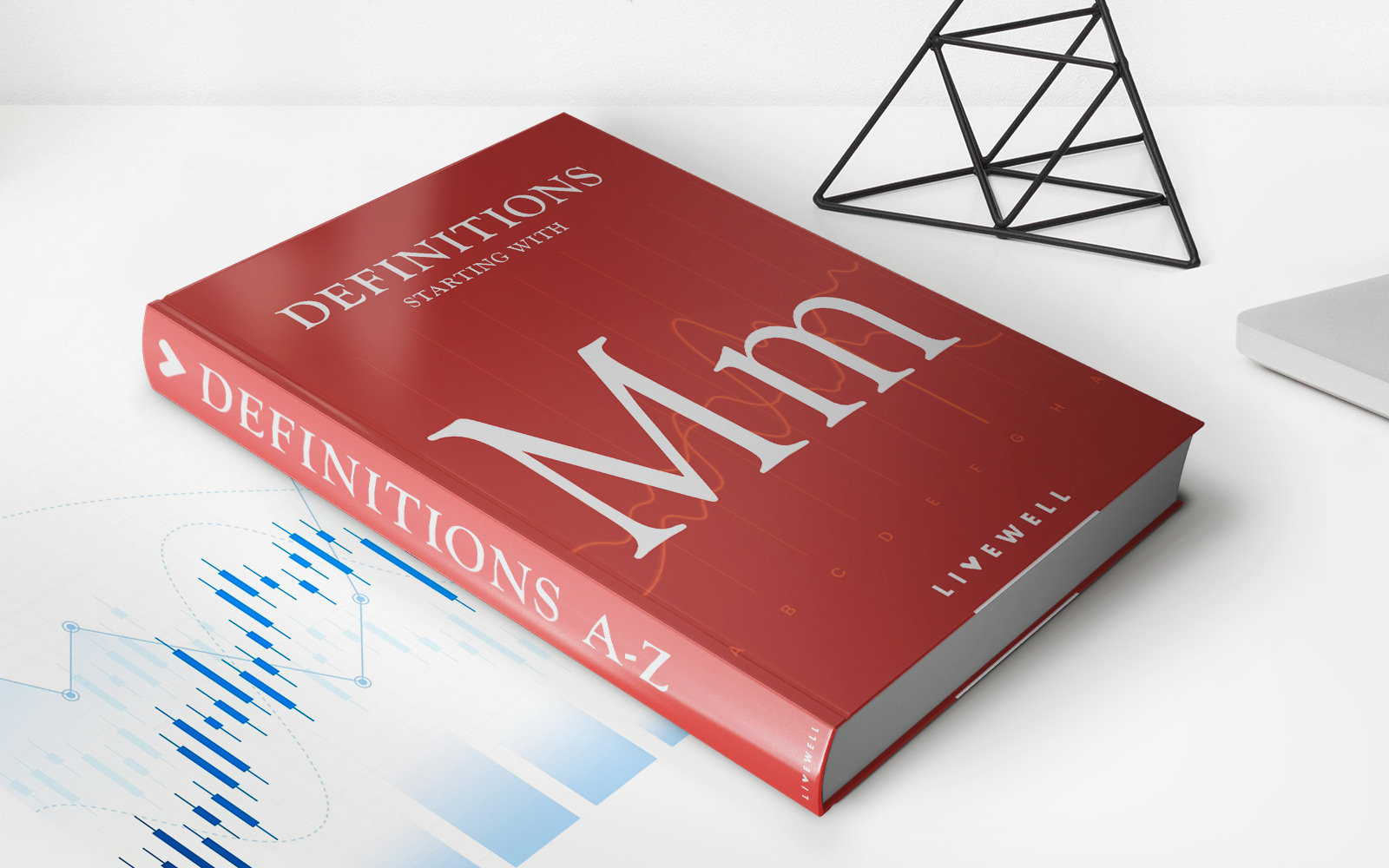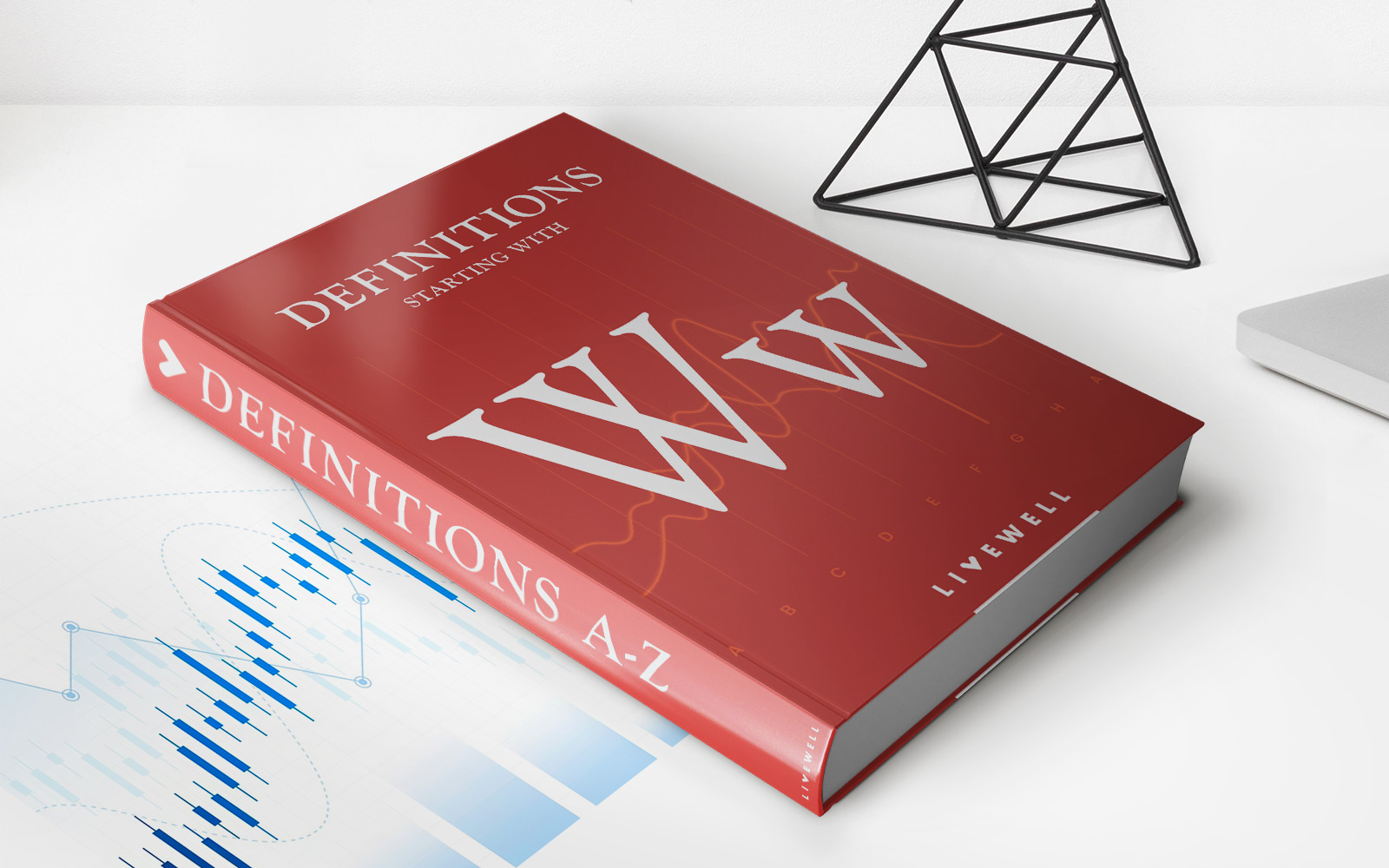Home>Finance>What Is An Auction? Definition, How They Work, Pros, And Cons
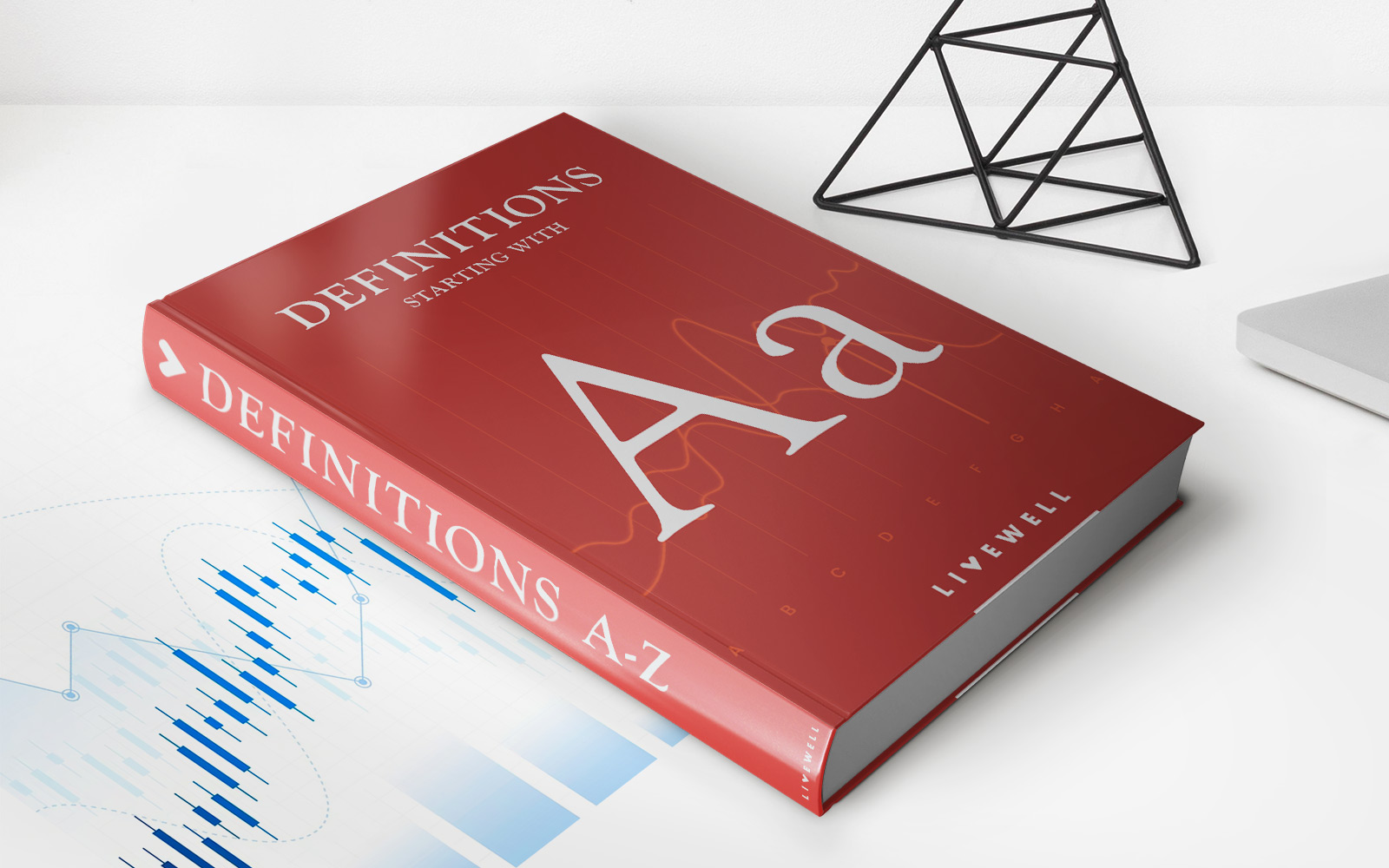

Finance
What Is An Auction? Definition, How They Work, Pros, And Cons
Modified: October 11, 2023
Discover the definition and functioning of auctions in the finance industry. Learn about the pros and cons of this popular method of conducting sales.
(Many of the links in this article redirect to a specific reviewed product. Your purchase of these products through affiliate links helps to generate commission for LiveWell, at no extra cost. Learn more)
Exploring the World of Auctions: Definition, How They Work, Pros, and Cons
Have you ever wondered what exactly an auction is and how it works? Auctions have long been a staple in the world of finance, providing a platform for buying and selling a variety of goods and services. In this blog post, we will dive deep into the world of auctions, exploring their definition, how they work, and the pros and cons they bring to the table.
Key Takeaways:
- Auctions are a method of buying and selling goods or services through a competitive bidding process.
- Participants bid on the items or services being auctioned, with the highest bidder winning the item or service.
What Is an Auction?
An auction can be best described as a process of buying and selling goods or services through competitive bidding. It is essentially a platform where potential buyers gather to bid on items, and the highest bidder walks away with the purchase. Auctions can cover a wide range of items, including artwork, antiques, vehicles, real estate, and even intangible assets like domain names or intellectual property rights. This diverse nature makes auctions a fascinating arena for both buyers and sellers alike.
How Do Auctions Work?
The mechanics of an auction can vary depending on the type and nature of the items being auctioned. However, the general process involves the following steps:
- Announcement: The auction is announced publicly, informing potential buyers about the items available for bidding.
- Inspection: Interested buyers can inspect the items prior to the auction to assess their condition and value.
- Registration: Buyers interested in participating in the auction need to register beforehand to obtain a bidding number.
- Bidding: The auctioneer starts the bidding process by setting a starting price. Bidders then raise their bids, competing against each other until one bidder remains.
- Winning: The highest bidder, when the auction ends, is declared the winner and must complete the payment process to take ownership of the item.
It’s important to note that there are different types of auctions, including English auctions, Dutch auctions, sealed bid auctions, and more. Each type follows a specific set of rules to determine the winning bidder and the final price.
Pros of Auctions
Now that we’ve explored the definition and mechanics of auctions, let’s delve into the advantages they offer:
- Competition: Auctions encourage competitive bidding, which can sometimes drive prices higher than expected, benefiting sellers.
- Efficiency: The auction format allows for multiple buyers to participate simultaneously, making the selling process more efficient and time-effective.
- Transparency: Auctions provide transparent pricing, as the bidding process takes place openly, allowing buyers to gauge the fair market value of an item.
- Potential Bargains: For buyers, auctions offer the opportunity to snag items at prices lower than their market value, especially when there is less competition.
Cons of Auctions
While auctions come with numerous benefits, there are also some drawbacks to consider:
- Price Inflation: Intense bidding competition at auctions can sometimes inflate prices beyond the actual value of an item, leaving buyers paying more than they would in a conventional sale.
- Time Pressure: The fast-paced nature of auctions can put pressure on buyers to make quick decisions, potentially leading to impulse purchases.
- Potential Scams: Auctions can attract fraudulent sellers or counterfeit items, so buyers must exercise caution and conduct thorough due diligence.
- Loss of Control: Sellers relinquish control over the final selling price, as it ultimately depends on the bids received during the auction.
In conclusion, auctions play a significant role in the world of finance, providing a dynamic marketplace for buyers and sellers. They offer a unique blend of competition, efficiency, and transparency. As with any financial transaction, it’s crucial for both buyers and sellers to weigh the pros and cons of auctions and make informed decisions before participating.
Key Takeaways:
- Auctions are a method of buying and selling goods or services through a competitive bidding process.
- Participants bid on the items or services being auctioned, with the highest bidder winning the item or service.
